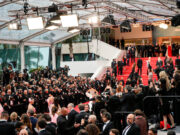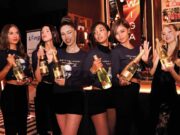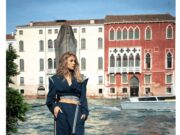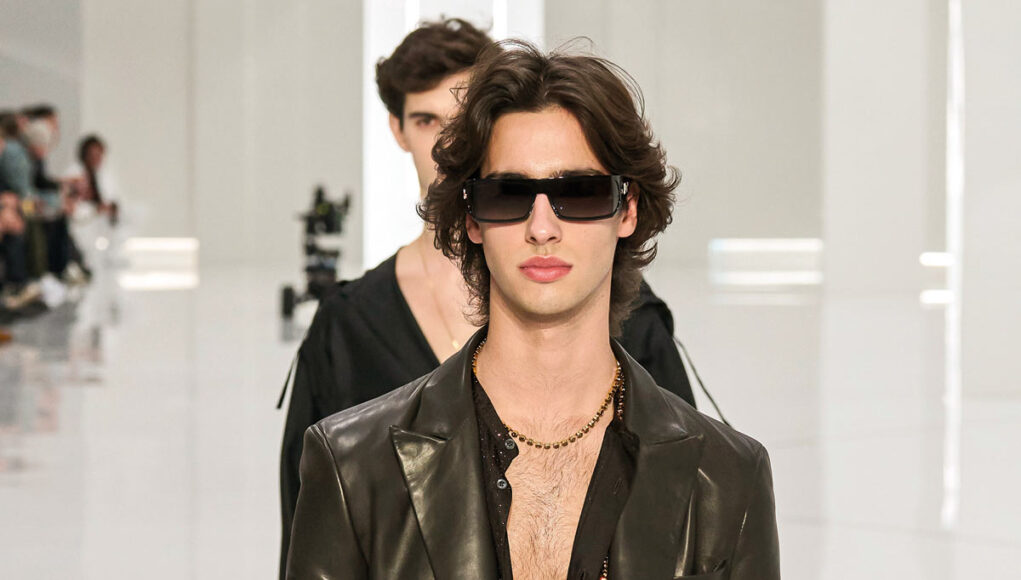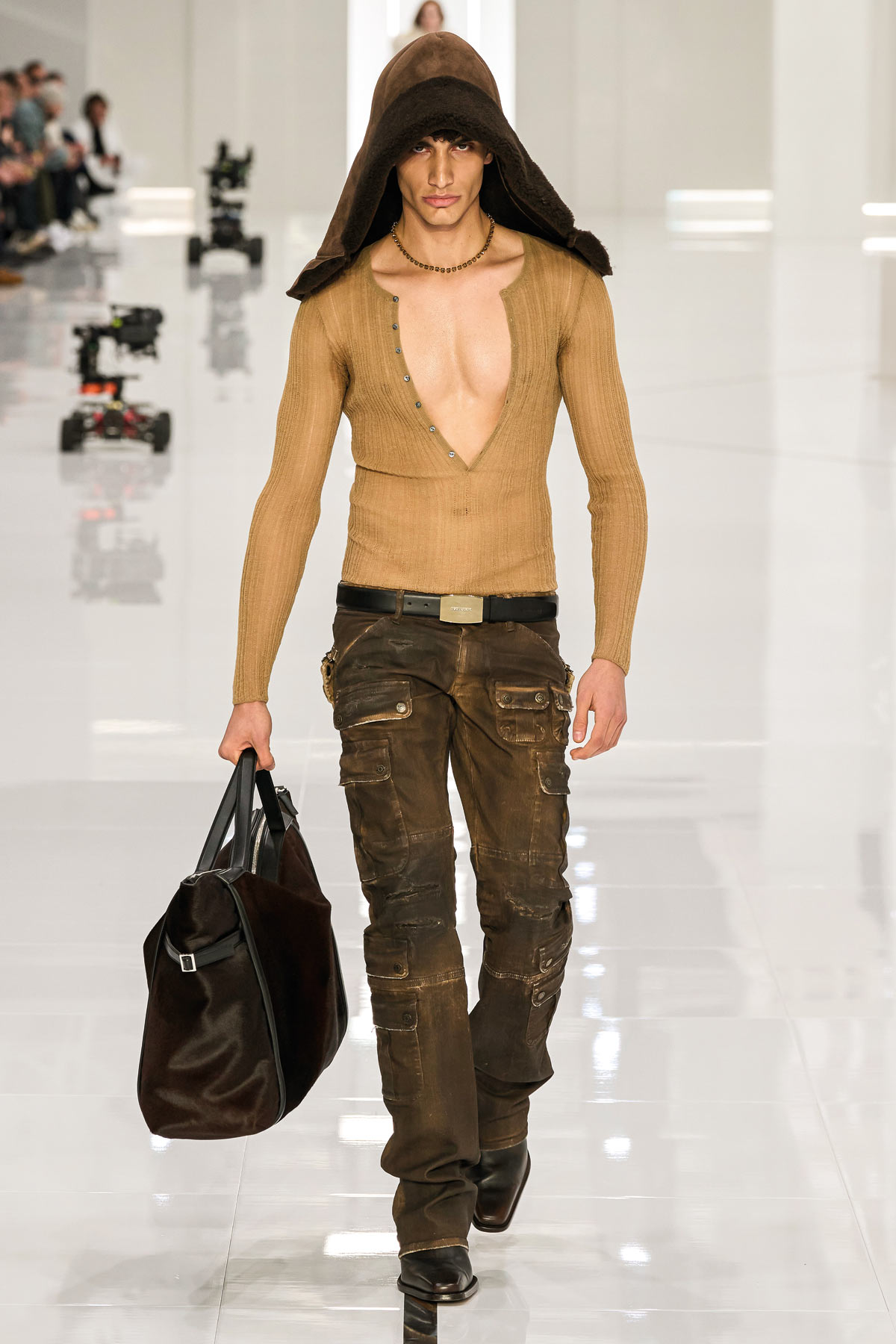From January 12th to 16th, 2024, Milan Fashion Week ignited the engines with the part dedicated to men’s collections, which every year sets the stage for the international Fashion Month, the period when the most important runway shows take place in the four fashion capitals. The event featured, as usual, a rich calendar of events with twenty-two physical runway shows and five digital ones, thirty-two presentations (seven by appointment), and eight city events, numbers lower than the other women’s fashion weeks, but still significant for what has become a fixed appointment in the second half of January, where new names are added to the famous established fashion houses, constituting an important showcase for the emerging new generations.
In this edition, we were able to appreciate a rich list of newcomers, ranging from Domenico Orefice, Institution By Galib Gassanoff, La Torre, Mordecai by Ludovico Bruno, to Noskra, Rubeus Milano, Stuart Weitzman, passing through ViaPiave 33, Woolrich Black label by Todd Snyder. Stone Island, an already established brand, walked the iconic Milan Fashion Week runway for the first time, arousing a lot of interest. In the Fashion System, and beyond, there is always much anticipation for confirmations and major comebacks; in this case, the return to the Milanese catwalks of big names like Fendi, Gucci, and JW Anderson was warmly welcomed. Speaking of notable absences, Etro, which chose to organize a presentation in a boutique, and Charles Jeffrey Loverboy were missing, while Magliano temporarily opted for Pitti. The absence of 1017 Alyx 9SM was also strongly felt, a brand that has always been present in the schedule but decided to take a break from Milan Men’s Fashion Week due to some important changes in the brand, also related to the entry of the new investor Adrian Cheng.

At the core of this fashion week, there are many different visions of the contemporary man, some more innovative, others more classic and conservative, but all useful in keeping alive a creative process in continuous evolution. In a world marked by a certain cyclicity, this year we could observe the great return of formal wear, interpreted by Gucci with the debut of De Sarno in menswear through rigorous, frill-free suits that are nonetheless elegant and charming, by Prada with always formal attire but with an extra touch of color and lightweight accessories to make the outfit less constructed and more fluid; a shared intention also seen in the collection by Dolce&Gabbana, composed of smooth and elegant garments: blouses adorned with beads, transparencies, blazers closed with bows, eco-friendly furs, and cavalry boots made in their unmistakable chic and sensual style.
The King Giorgio Armani, instead, chose to make only small variations to the main mood of his looks, without the need, according to him, to revolutionize men’s fashion, but playing with “Doing the usual in an unusual way.” The result was a slightly altered suit compared to the original Armani, with a longer and softer jacket, wide leg, and beautifully respected proportions. All in a fabric of shaved sponge or herringbone, houndstooth jacquard or velvet. Few shirts and ties, replaced by colorful knitwear that captured the attention of those present.
Fendi, which maintained its iconic sense of style, proposed a collection inspired by the charm of the countryside, with heavy wool coats, red leather jackets embroidered on the collar and pockets, tank tops worn over polos and socks over leggings. All completed by boots and comfortable extra-large bags as demanded by today’s society.
Emporio Armani chose instead to draw inspiration from the 1980s for its ultra-chic creations composed of jackets with floral embroidery, blouses decorated with pointed studs, and soft outfits with deep necklines.
Nostalgic influences for MSGM, which in a lively runway show set in the bustling subway stop of Porta Venezia depicted a man still very attached to the times of his youth, with silver shorts, pink sequined polo shirts with fur collars, and ballerinas with socks, a trend in these shows.
A different approach for Zegna, bearer of innate elegance, expressed in the sobriety of the color white, the sartorial linearity of the jackets, and the choice of a classic and beloved fabric such as cashmere.But Milan Fashion Week wouldn’t be such if it didn’t offer a valid alternative to classic elegance: so here comes JW with unexpected black tights, shirt-style chemisier, long knitted dresses; Federico Cina went even further by proposing a new layering made of cycling shorts under shorts, shirts over high-neck sweaters, and under cardigans. In a dimension where everything seems to be allowed, the man depicted by Simon Cracker and presented in the space “Arca di Milano” allows himself to return to a world with blurred outlines, almost reminiscent of the sweet phase of twilight; this is how Simone Botte and Filippo Leone Maria Biraghi, the creatives behind the label, translated these sensations into clothes and fabrics: in a show that invites us to return to the tranquility of sleep, crumpled clothes, recycled fabrics, robes, slippers, and pearls make their appearance.
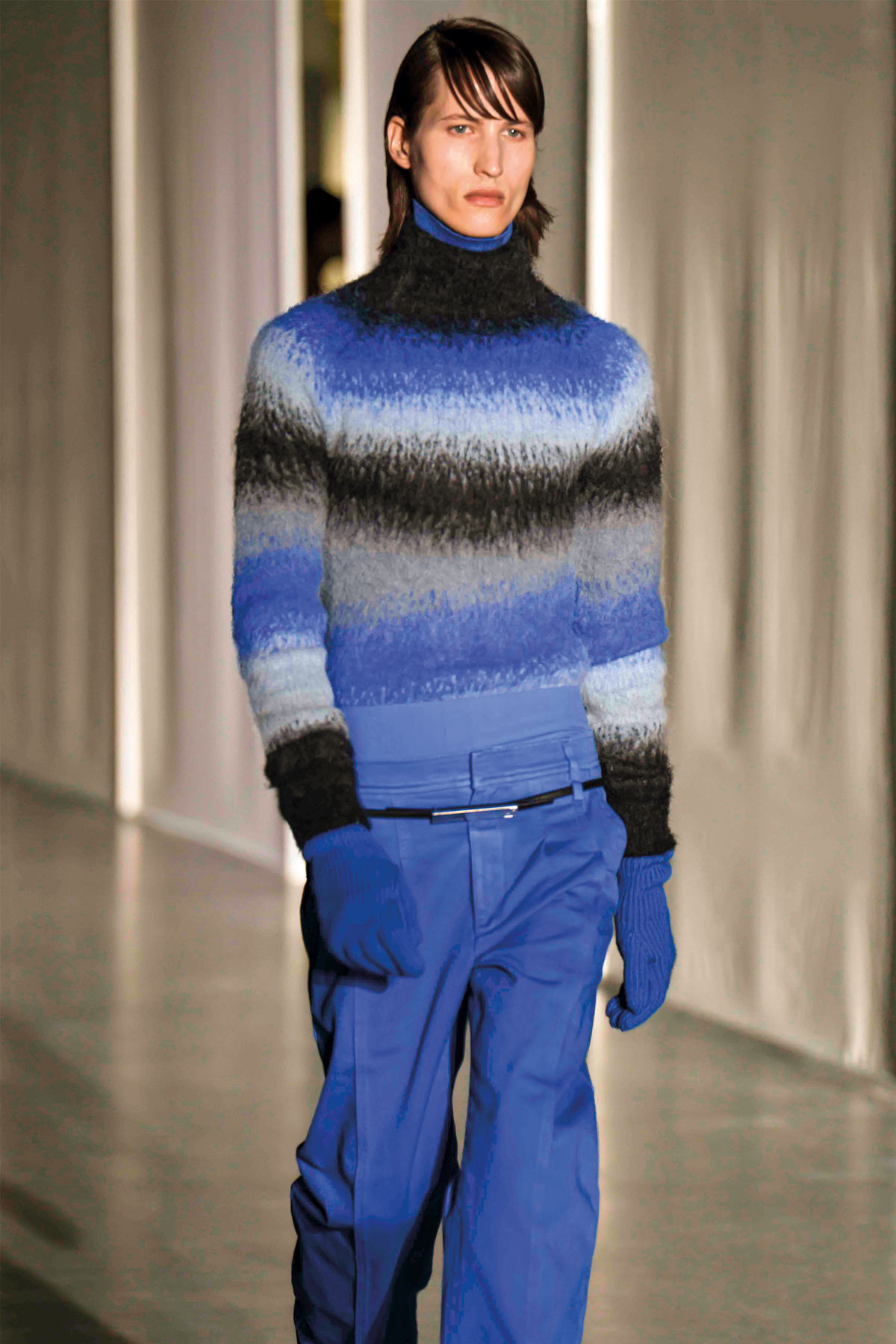
Finally, at the Dsquared2 fashion show, Dean and Dan Caten amaze the public with a show featuring the twins, one of them wearing Dsquared2 day clothes, the other twin emerged with the evening version of what the first was wearing. Sexy and sensual is the collection presented by Dsquared2.
The Fashion Week dedicated to men’s fashion remains an iconic and exciting event behind which hides an intertwining of different and contrasting visions united by the intention to define dreams and aspirations of the modern man between innovation, revivals, and reinterpretations
By Giovanni Medri


